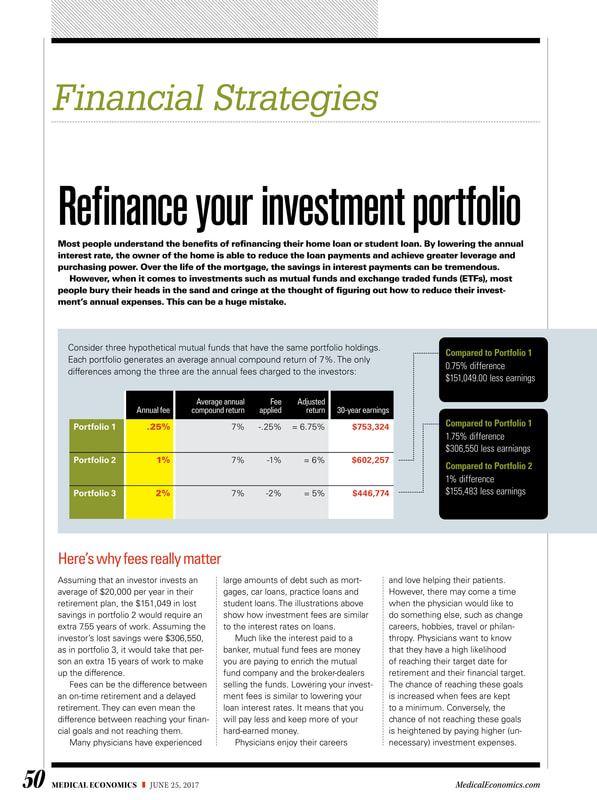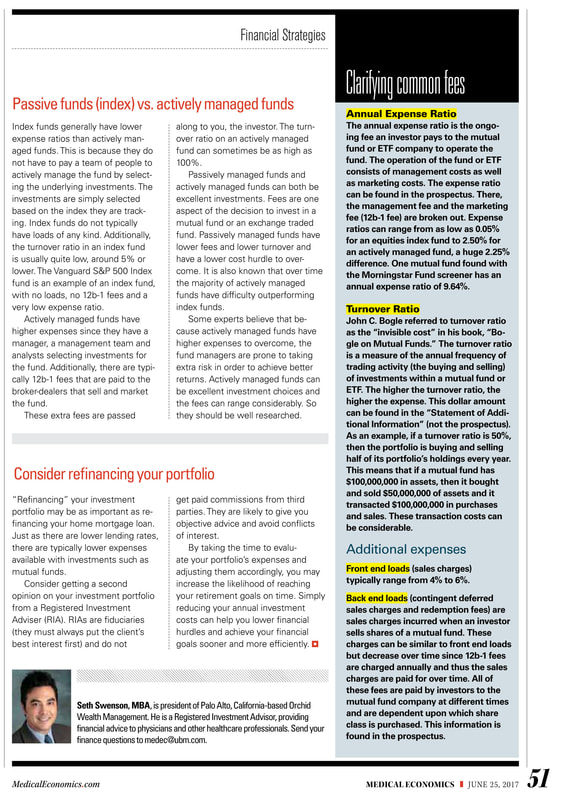Objective Retirement Investment Advice
from Orchid Wealth Management
Take a moment to reflect on your retirement investment goals.
Our blog has comprehensive insights for business leaders, management and individuals
to strengthen fiduciary competence and practices.
Our blog has comprehensive insights for business leaders, management and individuals
to strengthen fiduciary competence and practices.



 RSS Feed
RSS Feed